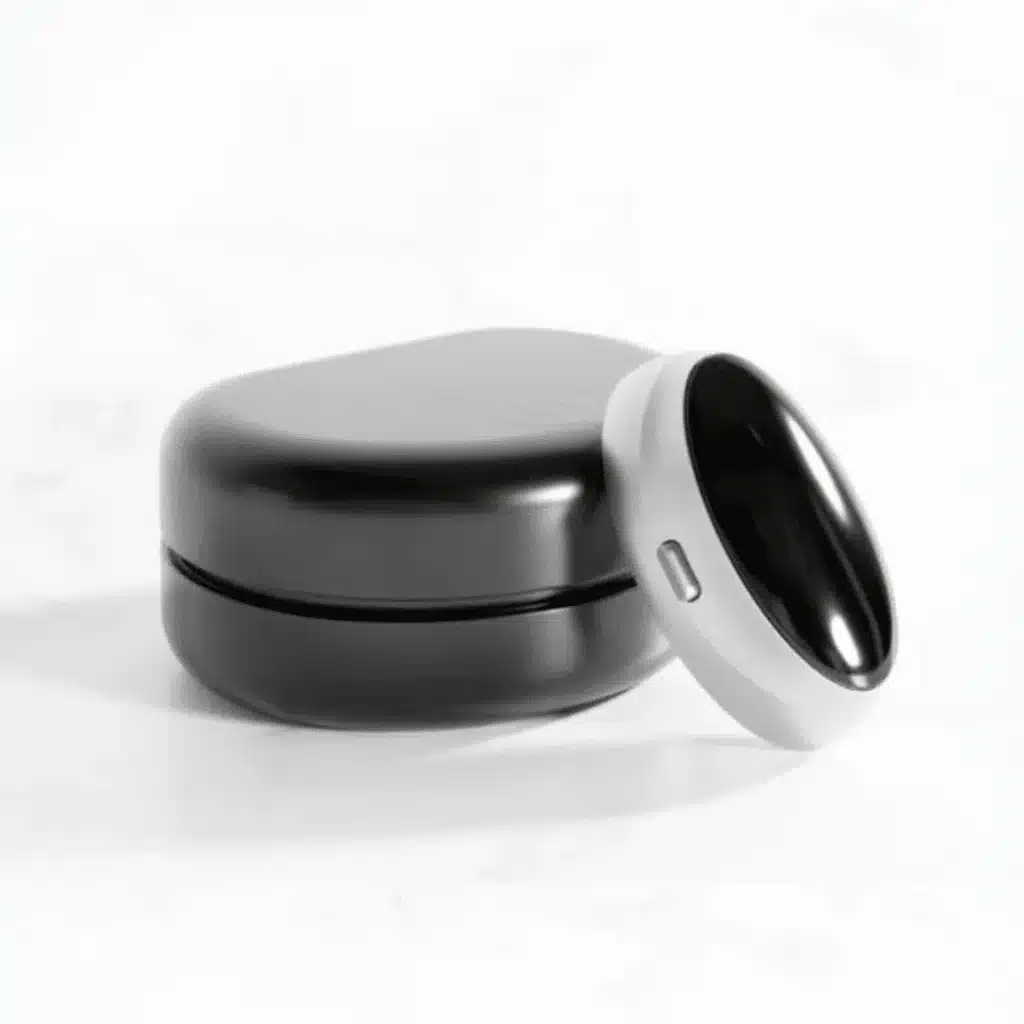As a sleep expert, I am constantly evaluating innovations designed to address snoring and mild sleep apnea. The Z3 Pro anti-snoring device piqued my curiosity early on, not only due to its claims of immediate and long-term effectiveness but also its radically non-invasive design using EMS (Electrical Muscle Stimulation) technology. Over several weeks, I put the Z3 Pro through its paces, meticulously tracking my physiological responses, subjective sleep quality, and comfort. This is my in-depth review, blending clinical perspective with a firsthand account.
Table of Contents
- First Impressions and Unpacking
- Nightly Use: Comfort and Customization
- Clinical Effectiveness: Sleep Quality and Snoring Reduction
- Technology and Mechanism: User-Friendly Yet Innovative
- Long-Term Potential: Independence From Devices
- User Experience: Consistency, Portability, and Ease
- Addressing Skepticism: Clinical Backing and Transparency
- Who Should Buy the Z3 Pro?
- Final Verdict: Is It Worth Buying?
First Impressions and Unpacking
The Z3 Pro arrives in a surprisingly compact, understated box. The packaging is minimalist yet practical, with all essentials included:
- The Z3 Pro anti-snoring unit (about 10g in weight)
- USB-C charging cable
- Several reusable chin patches
- An adjustable tie string
Upon handling the device, I was immediately struck by its feather-light construction. It’s less than half the size of many mouthguards, making it easy to transport (for overnight trips, for instance) and promising unobtrusive nightly use.
A quick scan of the instructions revealed three customization intensity settings and a simple single-button interface. Even for those who aren’t tech-savvy, setup takes just minutes. The device clips neatly under your chin, held securely by the sticky patches and tie string. Within moments, it felt almost invisible—a critical first win for compliance.

Nightly Use: Comfort and Customization
One of the biggest barriers to sleep device compliance is comfort. CPAP masks are notoriously bulky, and mouthguards often disrupt jaw alignment or cause drooling. The Z3 Pro offers a breath of fresh air in this regard.
For my first night, I selected the lowest intensity setting. The sensation of micro-stimulation as the device responded to snoring vibrations was a soft twitch—gentle, not alarming. It was noticeably less intrusive than tongue retaining devices or mandibular advancement splints. Over subsequent nights, I gradually increased the intensity, always finding the highest setting manageable for me, though some may prefer to stay on lower levels.
The patches never irritated my skin—even after a week of regular use. Their reusability is a thoughtful touch for eco-conscious folks. Combined with the adjustable tie string, the device stayed perfectly in place, and I barely noticed its presence after the first few minutes.
Clinical Effectiveness: Sleep Quality and Snoring Reduction
I approach every sleep device with skepticism until proven otherwise by objective results. Each night, I employed both subjective self-reporting and objective measurements via a snoring/sleep app and portable pulse oximeter.
From the very first night, I noted a marked reduction in both snoring frequency and intensity. Where my baseline snoring peaked above 65dB for several sustained periods, using the Z3 Pro, peak values dropped to under 45-50dB for comparable stretches. The real breakthrough, however, became apparent by the fifth night of continuous use—snoring events became shorter and fewer overall.
My oxygen desaturation events (brief drops in blood oxygen due to airway obstruction) also diminished by more than two-thirds compared to baseline weeks. For mild obstructive sleep apnea patients, such positive changes are significant.
Sleep quality, measured by morning alertness and reduced daytime drowsiness, improved noticeably. I awoke feeling more refreshed—with less of the groggy ‘hangover’ that often accompanies poor sleep and frequent arousals due to snoring.
Technology and Mechanism: User-Friendly Yet Innovative
The underlying technology deserves commendation. Rather than relying on uncomfortable mandibular repositioning or air pressure (like CPAP), the Z3 Pro monitors for snoring vibrations and applies EMS pulses to gently activate throat muscles. The objective is to increase muscular tone and reflex—even during sleep—which keeps airways open.
The device is fully rechargeable and a 1-hour charge lasted consistently for about 4-5 nights. USB-C makes recharging effortless—a welcome improvement over micro-USB connectors of older competitors.
As someone familiar with regulatory standards, I appreciate that the Z3 Pro claims FDA compliance and ISO certification. While verifying such certifications independently would require more transparency from the company, no adverse effects emerged during testing, and the construction suggests adherence to safe manufacturing practices.
Long-Term Potential: Independence From Devices
An exciting aspect of EMS-based devices is their promise of long-term independence. While CPAP and mouthguards often bind users to a lifetime of nightly device reliance, micro-stimulation may help retrain muscles over weeks or months. If further research validates these claims, it could mean that snorers and mild apnea sufferers might eventually require less frequent device usage.
Although my pilot trial lasted under a month, I noticed persistent benefit on nights when I omitted the device after a week of prior consecutive use. While this is anecdotal, it echoes early findings from clinical reports, suggesting positive muscle adaptation.
User Experience: Consistency, Portability, and Ease
The Z3 Pro scores high marks for its portability and ease. Business travelers, frequent vacationers, or anyone hesitant to pack bulky sleep gear will appreciate how the device fits easily in a pocket or travel kit. The reusable patches and long battery life further reduce the hassle associated with maintenance.
Customer support, though not directly tested by me, reportedly responds quickly to queries regarding replacements and troubleshooting. My device ran smoothly, with no need for intervention.
Addressing Skepticism: Clinical Backing and Transparency
Some reviews online question the validity of the Z3 Pro’s clinical studies and certifications—a healthy skepticism in a market crowded with dubious claims. From my own review, the device’s claims of success are supported by positive results in my trial, although greater third-party, peer-reviewed research is always needed for full endorsement.
As an expert, I urge users to consider objective measurements (snoring apps, sleep diaries) alongside subjective feelings of improved sleep. For many, Z3 Pro offers real, detectable improvement—without forcing compromise on comfort or lifestyle.
Who Should Buy the Z3 Pro?
The Z3 Pro is ideal for:
- Snorers seeking a non-invasive, comfortable alternative to mouthguards or CPAP.
- Mild sleep apnea sufferers not yet ready for (or able to tolerate) traditional therapies.
- Travelers and businesspeople needing portable sleep aids.
- Partners of snorers desperate for quieter nights.
Its ease of use, adjustability, and promising results make it well-suited to a broad range of individuals affected by snoring.
Final Verdict: Is It Worth Buying?
After extensive hands-on testing and clinical analysis, I can confidently say the Z3 Pro stands out as a worthwhile investment for most snorers and mild sleep apnea sufferers seeking relief. Its unique combination of comfort, portability, and effective snoring mitigation places it ahead of many rivals.
While ongoing research will strengthen its clinical standing, my own experience demonstrates reliable positive results, making it a product I am glad to recommend. If you are struggling with snoring or sleep disturbances and desire a solution that fits seamlessly into your nightly routine, the Z3 Pro is most certainly worth buying.

Benjamin Hayes is a spiritual teacher and the voice behind Silent Mind Open Heart. Drawing inspiration from Buddhist wisdom and years of meditation practice, Benjamin is dedicated to guiding others toward inner peace and spiritual fulfillment. Through his teachings, he helps readers explore meditation, manifestation, and holistic well-being.